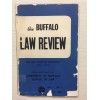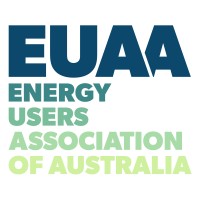
Buffalo Law Review
The Buffalo Law Review, published since 1951, publishes 5 issues per year, with each issue containing articles from scholars, practitioners, and judges. The Law Review also publishes member-written pieces on contemporary legal issues. The Buffalo Law Review prides itself on maintaining the highest level of integrity and objectivity in its selection process. Admission to the Law Review is open to the entire student body. Every year 28 to 32 new members are selected. Half of the new members are selected based on first-year grades, casenote scores, and diversity statements and half of the new members are selected based solely on a combination of casenote and diversity statement scores. Members may also be added from students transferring to the School of Law, based on casenote and diversity statement scores.






